Description
The processing of this sausage is still carried out by various factories in the territory of the country and in the neighboring municipalities. The main feature of the product lies in the type of drying given to the product, which is based both on the use of braziers that produce smoke, and, subsequently, on the presence on the territory of a strong wind that contributes to the final phase of the process. The product can count on a market that extends at least throughout the south.
The country salami or salame di Mugnano is traced back to 1300 on documents concerning the current Mugnano del Cardinale. The typical feature of the product is the smoking, carried out on special braziers and above all the drying which takes place in the presence of a constant wind typical of the production area.
The municipalities of production are the following: municipalities of Mugnano del Cardinale, Avella, Baiano, Sirignano, Sperone (Avellino) and Camposano, Casamarciano, Cicciano, Cimitile, Comiziano, Marigliano, Nola, San Vitaliano, Saviano, Scisciano, Tufino (Naples) .
In this area, the wind blows in a south-south-west direction and brings with it the aromas of beech, oak and chestnut trees, guaranteeing the product a unique seasoning.
The production takes place with shoulder meats and ham flakes minced and mixed with bacon. The diameter is much greater than the napoli salami. The gut is pork (it is called crespone) and is still tied by hand with string.
During the visit of Pope Pius IX to the sanctuary of Santa Filomena in Mugnao del Cardinale, the pontiff was honored with a wooden basket containing country or Mugnano salami.
The Mugnano salami is included among the traditional Campania agri-food products by the Ministry of Agricultural, Food and Forestry Policies.

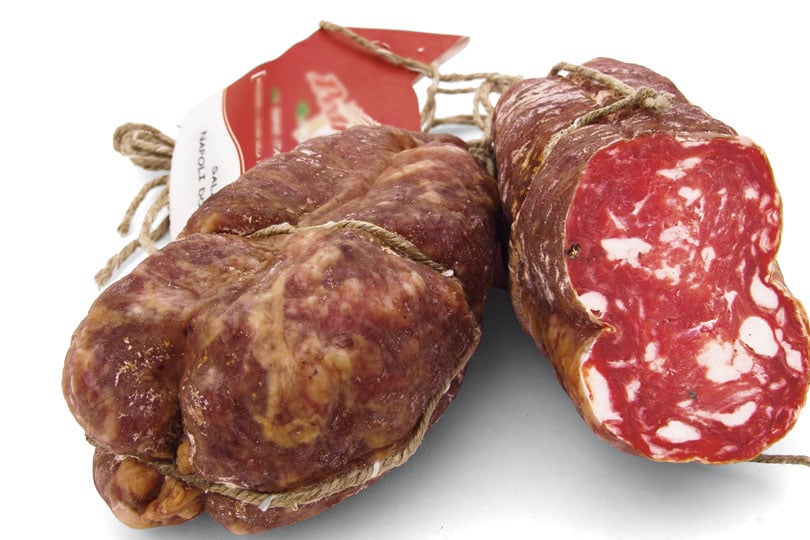
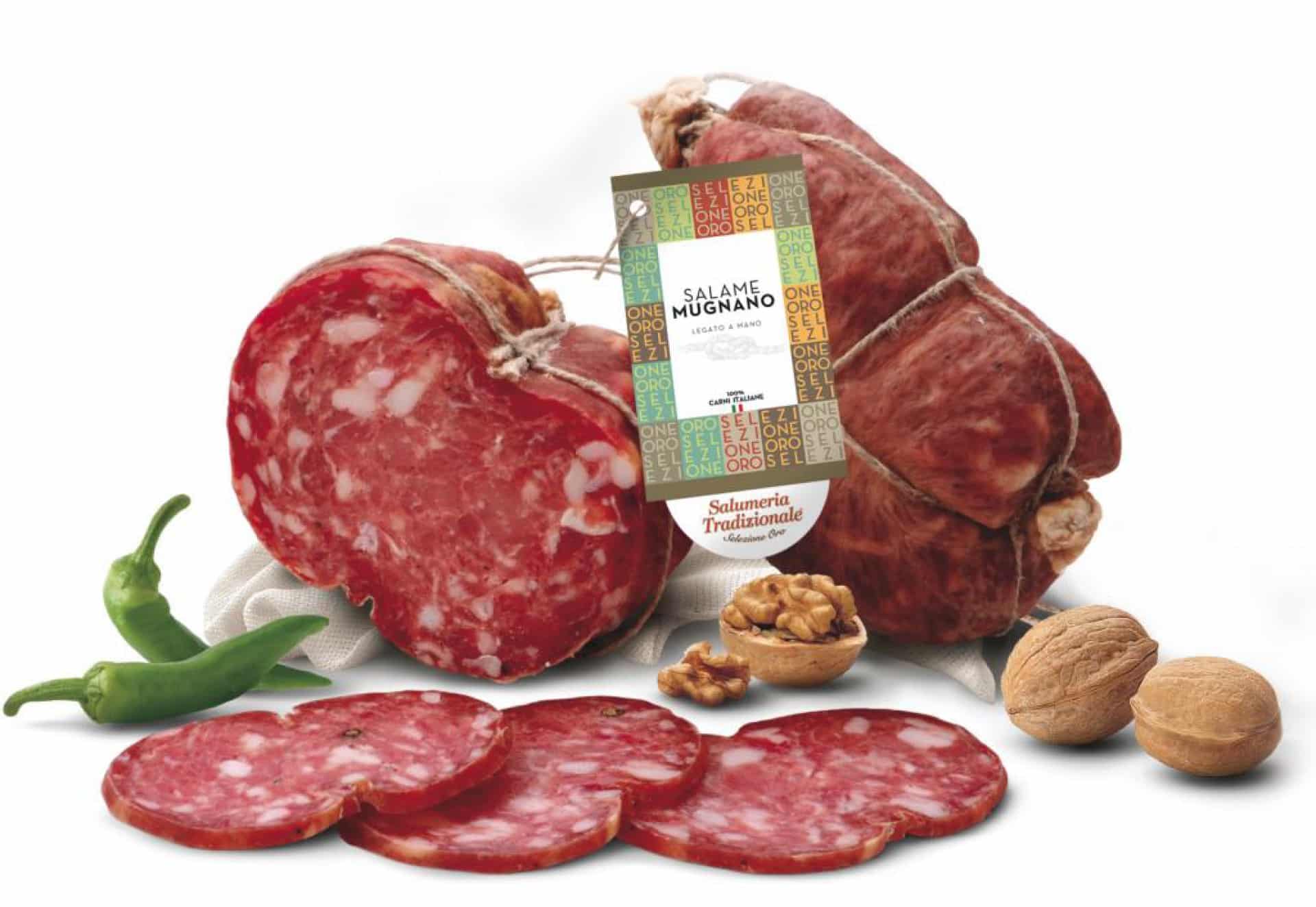


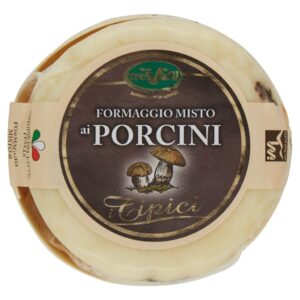
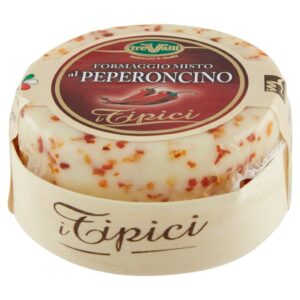
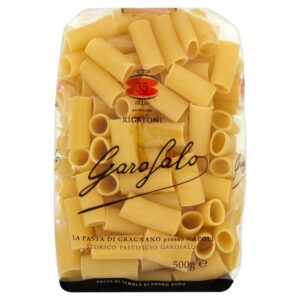

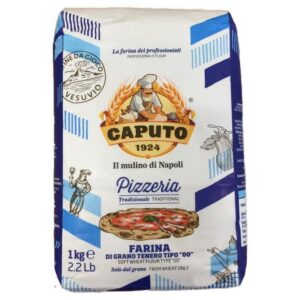



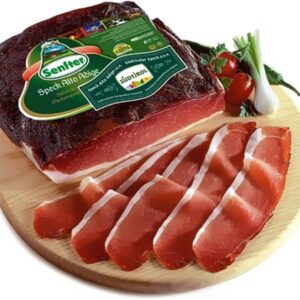

Reviews
There are no reviews yet.